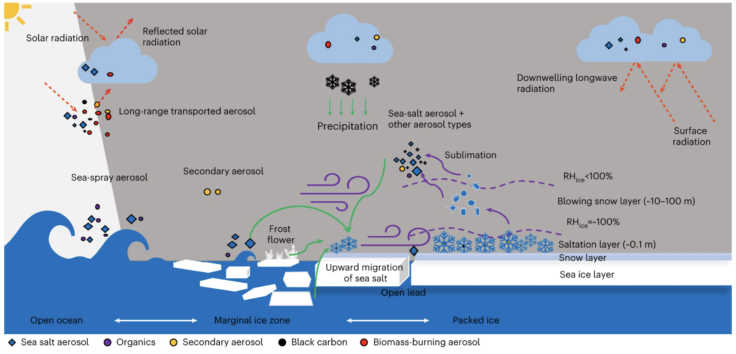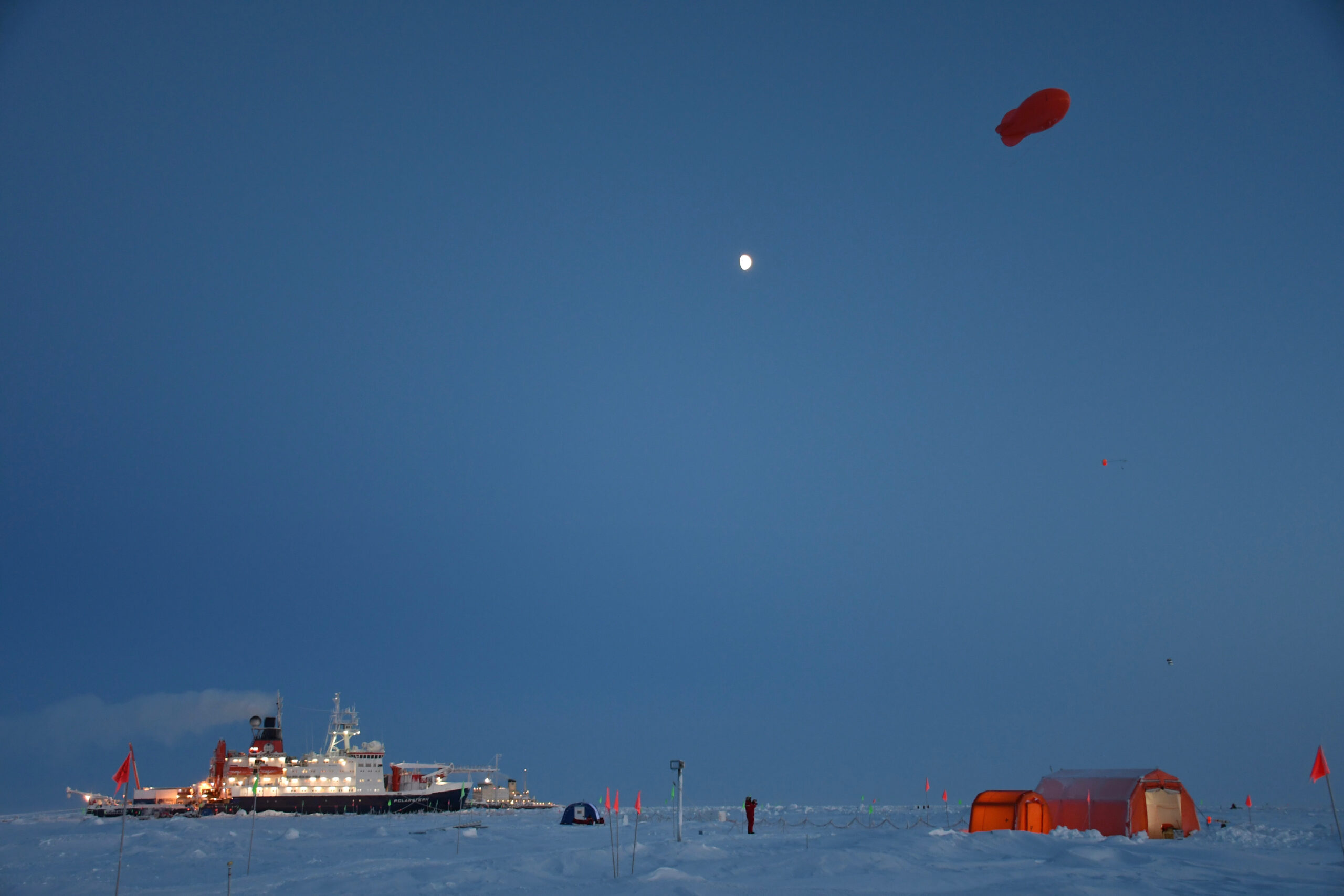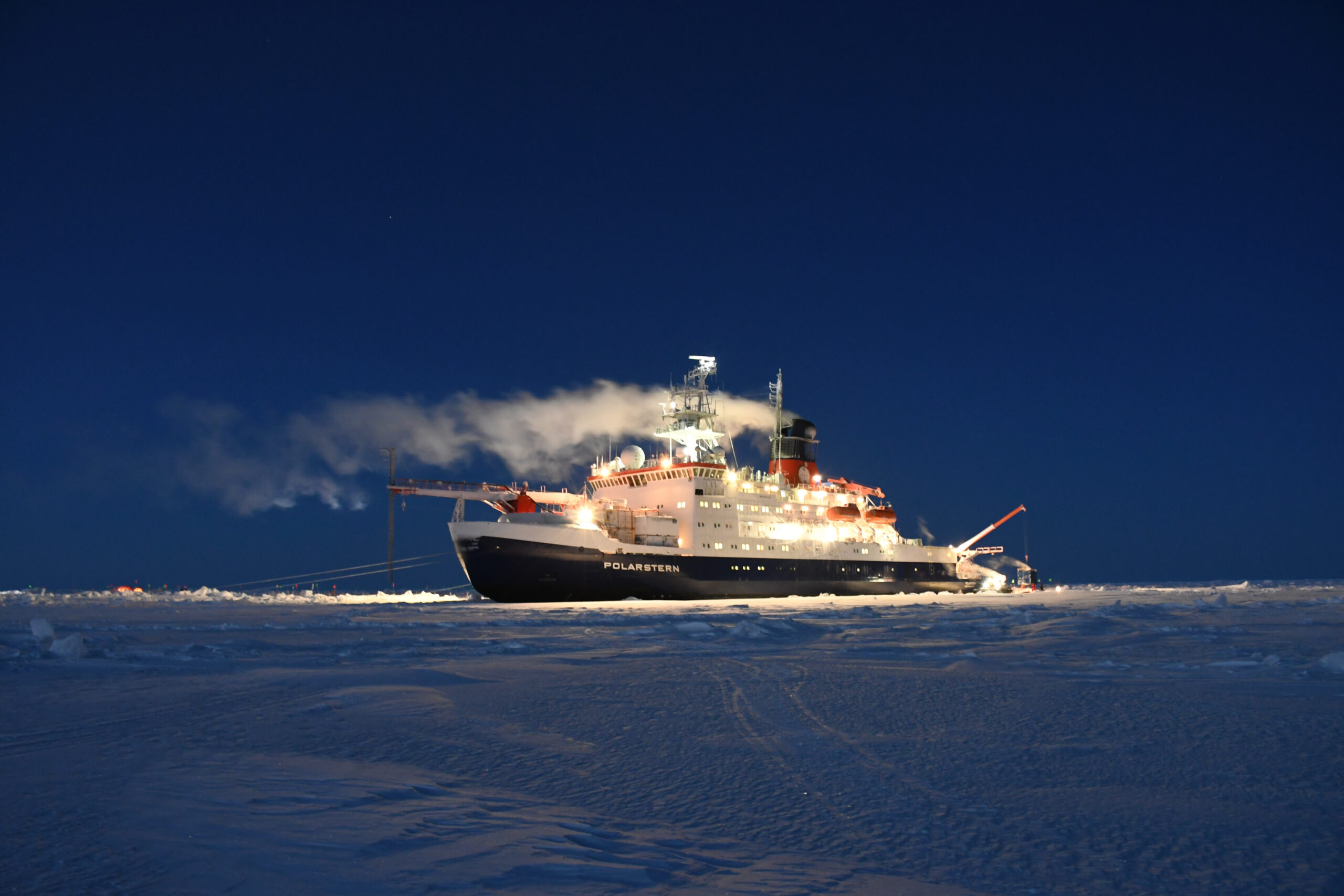Clouds formed with sea salt contribute to Arctic warming
Scientists studying Arctic warming have shared new evidence that sea salt aerosols from “blowing snow” play a significant role in forming clouds that reflect solar radiation back to the Earth’s surface.
The finding, published today in Nature Geoscience, is part of the scientific effort to understand why Arctic air temperatures are increasing nearly four times faster than the global average. A lack of understanding of Arctic clouds and the aerosols that cloud particles form on means they are currently poorly represented in climate models. The work to improve to these models will help scientists be more precise about the impact of pollution by humans, and to evaluate the success of mitigation measures.
Clouds form around aerosol particles, such as dust, soot, black carbons and sea salt. The existing models for cloud formation and their properties assume that sea salt aerosols are low in concentration – implying that they don’t have a significant impact on cloud formation or their properties.
However, scientists hypothesised that salty snow, lofted into the air above sea ice by storm winds in the winter and spring, is a major source of sea salt aerosol (SSA) particles in the Arctic.

Aiming to confirm this, scientists measured aerosols in the central Arctic across a full year from September 2019 to October 2020. Through the winter period from November 2019 to April 2020, they observed these SSA-producing “blowing snow” conditions 20% of the time.
As a result of this finding, scientists have estimated that sea salt aerosols account for around 27.6% of the particles for cloud condensation through winter and spring. The high concentration of sea salt aerosols has been shown to increase cloud droplet concentration – and the amount of solar radiation reflected back towards the earth. Aerosol concentration also has a reinforcing effect – they inhibit the formation of rain and ice precipitation, leading to greater levels of cloud coverage. Overall, scientists calculated that it contributed +2.30 Wm-2 (a measure of radiation) to surface warming under cloudy sky conditions.

The measurements were taken as part of the year-long MOSAiC mission, which intentionally trapped the German research icebreaker Polarstern in Arctic sea ice to drift through the ocean. This was the first expedition to take a modern research icebreaker close to the north pole for a full year – making it the first modern expedition through Arctic polar winter.
Throughout the year, the team took measurements on the sea ice and on-board RV Polarstern – including particle size and concentration, and a range of chemical properties using aerosol filters. Tethered balloon launches also gave scientists insight into the fate of particles formed near the sea ice surface as they were lofted to the altitudes where clouds form.

‘Arctic warming by abundant fine sea salt aerosols from blowing snow’ by Gong, X., Zhang, J., Croft, B. et al. is published today in Nature Geoscience. Authors of the paper from British Antarctic Survey are Xin Yang, Ananth Ranjithkumar, and Markus Frey.
MOSAiC (Multidisciplinary drifting Observatory for the Study of Arctic Climate) was coordinated by the Alfred Wegener Institute, Helmholtz Centre for Polar and Marine Research (AWI). In order to make this unique project a success and to obtain the most valuable data possible, more than 80 institutes had pooled their resources in a research consortium. The total cost of the expedition was about 150 million euros, mostly funded by the German Federal Ministry of Education and Research.